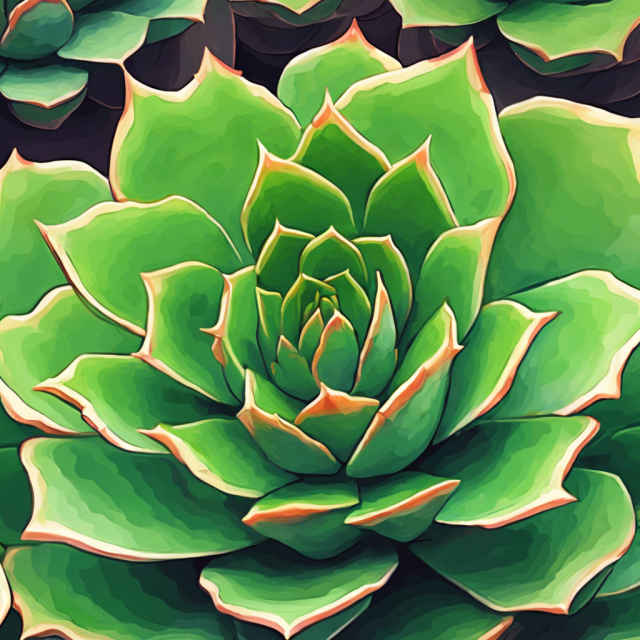Bryophyllum pinnatum ( leaf of life plant)

Bryophyllum pinnatum has a long history of traditional use in different cultures. In Ayurvedic medicine, it is known as “Parnabeeja”Bryophyllum pinnatum has a long history of traditional use in different cultures. In Ayurvedic medicine, it is known as “Parnabeeja” and is used for its cooling, anti-inflammatory, and wound healing properties. 
Bryophyllum pinnatum, also known as the “Life Plant” or “Air Plant,” is a succulent plant with several medicinal properties. It has traditionally been used in various cultures for its therapeutic benefits. Here are some potential uses of Bryophyllum pinnatum:
1. Wound Healing: The leaves of Bryophyllum pinnatum are known for their wound healing properties. They can be applied topically to cuts, burns, and other skin injuries to promote faster healing.
2. Anti-inflammatory: The plant contains compounds that have anti-inflammatory effects. It may help reduce inflammation and provide relief from conditions like arthritis and gout.
3. Respiratory Health: Bryophyllum pinnatum has been used in traditional medicine to treat respiratory conditions such as cough, asthma, and bronchitis. It may help soothe the respiratory system and relieve symptoms.
4. Digestive Aid: The plant has been used to support digestive health. It may help alleviate indigestion, constipation, and other gastrointestinal issues.
5. Anti-diabetic Properties: Some studies suggest that Bryophyllum pinnatum may have anti-diabetic effects. It may help regulate blood sugar levels and improve insulin sensitivity.
6. Antimicrobial Activity: The plant exhibits antimicrobial properties and may have the potential to fight against certain types of bacteria and fungi.
Here are some additional details about Bryophyllum pinnatum:
1. Botanical Description: Bryophyllum pinnatum is a perennial succulent plant that belongs to the Crassulaceae family. It is native to Madagascar but can now be found in various tropical and subtropical regions around the world. The plant has fleshy, oval-shaped leaves that are arranged in opposite pairs along the stem. The leaves have serrated edges and are green in color, with some varieties having reddish or purple tinges. Bryophyllum pinnatum produces small, bell-shaped flowers that are usually green or pink in color. Read about latest in Technology Here
2. Propagation: One interesting feature of Bryophyllum pinnatum is its ability to reproduce asexually through a process called vegetative propagation. The plant produces tiny plantlets along the edges of its leaves. These plantlets can detach from the parent plant and develop their own roots, giving rise to new individuals. This unique reproductive strategy has earned the plant common names like “Life Plant” or “Air Plant.”
3. Traditional Uses: Bryophyllum pinnatum has a long history of traditional use in different cultures. In Ayurvedic medicine, it is known as “Parnabeeja” and is used for its cooling, anti-inflammatory, and wound healing properties. In traditional African medicine, the plant is used to treat various ailments, including skin infections, respiratory problems, and digestive disorders. In Caribbean folk medicine, it is used for its diuretic and anti-inflammatory effects.
4. Phytochemicals: Bryophyllum pinnatum contains various bioactive compounds that contribute to its medicinal properties. These include flavonoids, alkaloids, terpenoids, and phenolic compounds. Some of the key phytochemicals found in the plant are bufadienolides, which have shown antimicrobial, anti-inflammatory, and anticancer activities in studies.
5. Precautions and Side Effects: While Bryophyllum pinnatum has shown potential health benefits, it is important to exercise caution and seek professional advice before using it. The plant contains compounds that may have toxic effects if consumed in large quantities or used inappropriately. Pregnant women should avoid using Bryophyllum pinnatum as it has been traditionally used as an abortifacient and may have uterine-stimulating effects.
It’s important to note that the information provided here is for informational purposes only, and it is always recommended to consult with a healthcare professional or herbalist before using any herbal remedies or supplements.
It is important to note that while Bryophyllum pinnatum has been used in traditional medicine, further scientific research is needed to fully understand its potential benefits and determine appropriate dosage and usage guidelines. It is always recommended to consult with a healthcare professional before using any herbal remedies.